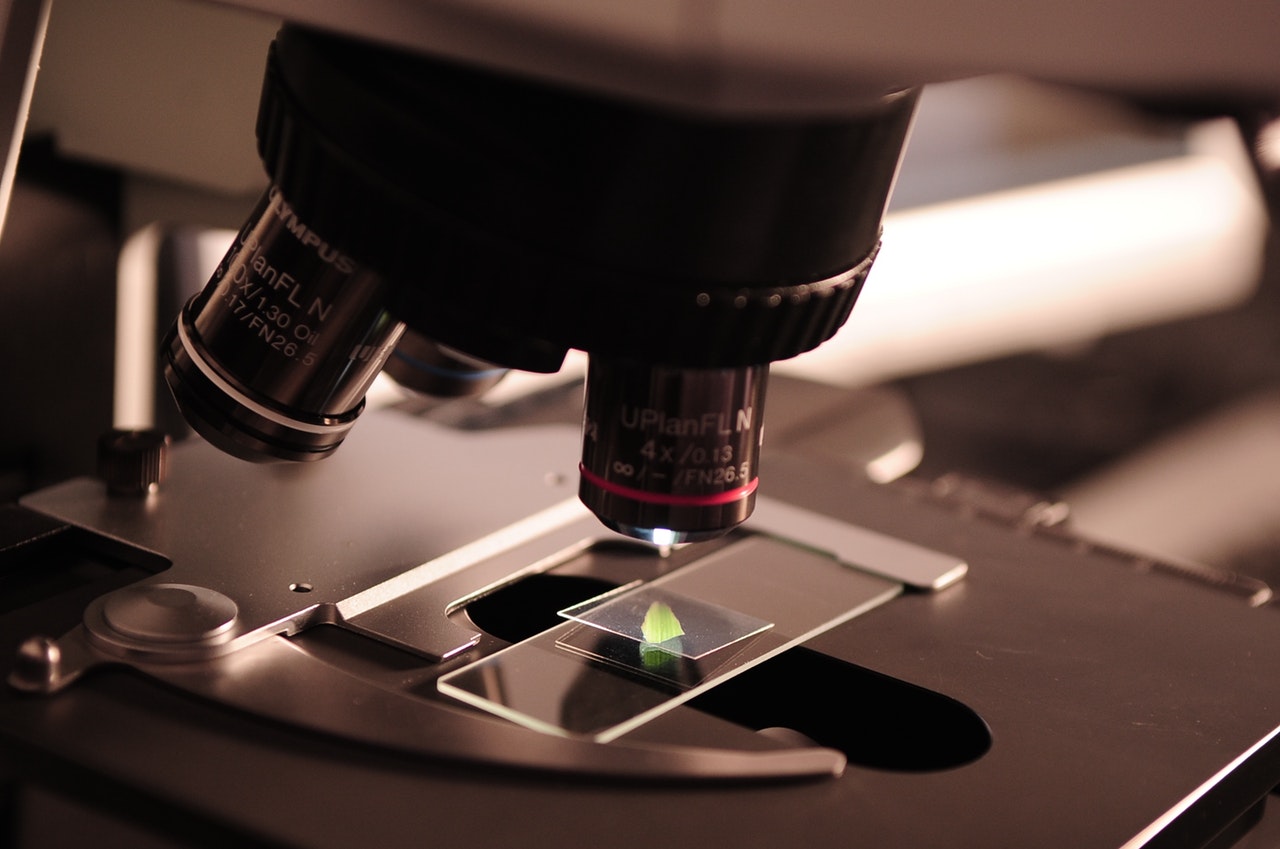 There are thousands of equipment, devices, and tools in hospitals and medical facilities which make it possible for staff and doctors to go about their jobs every day. Identifying each one of them and putting them to their purposed use is very important and that is why they have to be marked.
There are thousands of equipment, devices, and tools in hospitals and medical facilities which make it possible for staff and doctors to go about their jobs every day. Identifying each one of them and putting them to their purposed use is very important and that is why they have to be marked.
Marking safeguards the safety of patients, keeps members of staff accountable, makes it easy for the maintenance team to service medical equipment, helps the procurement department to procure the right equipment and at the right time, and keeps the details of the manufacturer. Laser Marking Machine saves everyone’s time and keeps medical facilities and hospitals running smoothly.
Laser Marking
There are various ways of marking equipment but laser marking is superior. Laser marking is the use of laser beams to label equipment, tools, devices, parts and materials. Unlike stickers and such, laser marking is durable. It never wears out. It weathers abrasive chemicals, moisture, heat and other harsh conditions known to ruin the other kinds of labelling. See How to brand your company through laser.
Why Laser Marking is Important
In 2013, Food and Drugs Association (FDA) made laser marking of medical equipment mandatory. This is because all the medical equipment needs to be identified and traced. The FDA requires that the marks (logo, alphanumeric content, 2D code) are clear and the text can be read by the machine and human beings. Checkout the 7 advantages of laser marking for your business.
Unique Device Identification
The FDA requires that all medical equipment bear a Unique Device Identification (UDI). This assigned “unique identifier” carries with it the name of the manufacturer, the make or model of the product, expiry date – if applicable and unique attributes if any.
The government issues guidelines on marking equipment with unique identifiers, and these marks are practically on all devices that get used in the medical field from the very tiny devices like implants to the large equipment. Laser marking is compulsory. See what is the difference between laser marking and engraving?
How to Laser Mark
Laser marking can be done on selected or specially prepared plastic surfaces, metallic ones and even on delicate materials like foil and laminate. Contrary to other forms of labelling, laser marking does not involve any contact. All types are done by use of beams. The material or surface to be labelled determines the type of laser mark that will be made. See how laser marking is helping to the Automotive industry!
Types of Laser Marking
Foaming
This is done by melting and it works on dark plastics. The marked area becomes lighter than the rest of the plastic
Engraving
This process makes an etch by melting and evaporating, leaving behind an impression of the design, logo, numbers and text.
Carbonizing
This works by leaving darker marks and it works best on wooden or leather surfaces.
Staining
This kind of marking is done by causing the heat effect. The marked parts change colour – like it happens when you burn something.
Annealing
This is exclusively done on metals and it involves heating. On exposure to laser beams, the surface undergoes oxidation due to the heat effect and then it changes colour.
Removing
Like the name suggests, this kind of marking is done by getting rid of the top coat of a material and it’s most preferred on laminates, foils, metals that are coated, and anodized aluminium (aluminium that has been made to be resistant to corrosion, and durable).
Benefits of Laser Marking Medical Instruments
1. Counters the purchase of counterfeit products which might compromise outcome and even endanger the safety of patients. It protects the trademark of all medical equipment and devices, ensuring that medical facilities, hospitals and pharmacies are able to tell if they have the original or not. See 6 key features of a laser marking machine.
2. Makes tracing medical devices easy and therefore in the instances of recalling malfunctioning equipment or devices, the process is simpler and successful.
3. It protects the trademark of all medical equipment and devices, ensuring that medical facilities, hospitals and pharmacies are able to tell if they have the original or not.
4. Makes it possible for FDA to enforce compliance with the regulations that have been set.
5. It makes it easy for users to identify manufacturers, and get details of a given medical equipment.
6. Laser marking is a non-contact form of labelling so, it leaves even the most delicate of devices intact.
7. Laser marking is permanent so in cases of product liability, the manufacturer can be traced.
9. Since laser marking is guided, precision is guaranteed. That means all medical equipment, tools and devices are marked off the same kind bear the same mark on the same spot.
10. Manufacturers are able to trace their products and get important data – like how they are performing and if they have any defect. Such useful information can influence or inform future innovation and, or modification.
